One of the biggest mistakes people make when buying a 4×4 truck is thinking it eliminates the need for winter tires. If you live in a climate that sees snowy winters, you can’t assume that 4 wheel drive alone will keep you safe on the roads.
Winter tires are designed specifically to work in snowy and icy conditions. There isn’t a single all-season, all-terrain, or mud tire that will work on winter roads as well as a dedicated snow tire. Your decision needs to be based on what kind of winter driving you do.
Are winter tires needed if you have 4×4?
One of the reasons the Toyota 4runner is so popular is because of its ability to tackle all kinds of terrain in any type of weather. With plenty of ground clearance and a stout 4 wheel drive system, 4runners can eat up deep snow with ease compared to most other cars on the road. Does that mean there’s no need for winter tires though?
Unfortunately, no. Sure, a 4runner can likely get moving even on summer tires but that’s only one aspect of winter driving. Being able to stop and turn are both equally, if not more important. 4×4, stability control, traction control, and crawl control can’t do anything to help you stop or turn if you don’t have good contact with the ground.
That’s where winter tires come in. They give you a much more solid connection with the ground when you’re driving on snow and ice. Systems like 4 wheel drive and stability control can be extremely helpful when combined with a proper set of tires for the conditions.
In short, 4 wheel drive is not a replacement for snow tires. Some experienced winter drivers will be able to make adjustments to make up for the lack of snow tires but that’s because they know they can’t drive the way they normally would.
You need to slow down much sooner and avoid making abrupt turns. Putting snow tires on your 4runner is like giving it superpowers that give you a lot more room for error in your driving ability.
Remember, being able to stop or turn even a few feet sooner can be enough to make the difference between a scare and a crash.
Winter tires vs off-road tires
Some people feel like running off-road tires on their 4runner year round is good enough (myself included). Keep in mind though, I’ve been driving in Canadian winters since I first started driving 20 years ago. The feeling of slipping and sliding is engrained in me and for the most part, I can feel out a road and have a good idea of how I need to adjust my driving to stay safe.
Mud tires might be beefy and look like they can handle anything and that’s true when it comes to most slippery off-road conditions. Winter driving is the exception to that. If winter driving only included driving in deep snow, off-road tires would be great! But the reality is that hard-packed snow and ice are far more common winter conditions that we have to deal with on the streets.
Mud tires are absolutely awful at driving on icy roads. They lack siping which means each tread lug actually acts as a tiny racing slick or hockey puck. In most cases, a mud tire will perform even worse than an all-season tire in winter conditions.
All-terrain tires are much better for winter driving. Tires like the Goodyear Duratracs that I have on my 4runner have lots of siping which allows them to behave similarly to a snow tire in wet conditions. These are a good compromise between mud tires and snow tires, especially with an experienced driver behind the wheel.
Does that mean an all-terrain tire is as good as a snow tire when driving in winter conditions? Not even close. Any time I drive even a 2wd car with snow tires I’m immediately reminded how much better they are than my 4runner with snowflake-rated all terrains.
Snow tires have tons of siping (slits cut in the rubber) and a much softer rubber compound that’s intended to stick to the road when it’s cold and slippery. All-terrain tires are decent (and far better than mud tires) but they’re no snow tire. All-terrain tires are meant to be “good enough” at everything. Snow tires are meant to be “great” at winter driving and nothing else.
How to decide if you need snow tires for your 4runner
Obviously, if you live in a warmer climate, the decision is quite easy. It’s tougher for those of us that experience some snowy conditions but perhaps have milder winters. Buying a set of good quality snow tires isn’t cheap and you don’t want to deal with the expense if you don’t need to.
Plus, putting snow tires on a vehicle that doesn’t see harsh enough conditions is only going to wear them down for no reason.
You need to take a good look at what the winter driving conditions are like in your area. Factor in how far your daily commute is, your winter driving skills, and how quickly the roads are cleared after a storm.
Snow tires might not be worth the extra expense if you’re mainly dealing with wet roads that are well maintained in the wintertime. If you’re used to getting hammered with snow and ice storms, snow tires should be a serious consideration – even for a capable vehicle like the 4runner.
Should you buy a separate set of wheels for your winter tires?
If you’ve decided to buy a set of winter tires for your 4runner, the next choice you’ll need to make is whether to have them mounted on your original wheels or buy a separate set. There are pros and cons to both so let’s go over some of the things to consider. Head on over to Tire Rack for a wide selection of winter tires for your 4runner.
Pros to buying a second set of winter wheels
They’re quicker and easier to change
Having your snow tires changed is quicker and easier once they’ve been mounted on a separate set of wheels. Reusing the same wheels requires mounting and balancing which takes much longer. Since time is money, that means it’ll cost you more to have a shop do the switch.
The other benefit to having them mounted on their own wheels is that you can swap them yourself if you’re somewhat mechanically inclined. Basically, if you can change a flat tire, you can swap your winter tires over. In contrast, mounting them on the same set of wheels requires both a mounting and balancing machine so you’ll be forced to have a shop do the work.
Mounting and balancing is a one time cost
You’ll only have to pay for this service when you first have the winter tires mounted on the extra wheels. Once they’re on, the shop can quickly unbolt your summer tires and bolt on your winter ones. Many shops charge at least $25 per wheel to mount and balance them and that can add up when you’re doing it twice a year, every year.
You protect the finish of your summer wheels
Having separate wheels for your snow tires means your summer wheels won’t be exposed to the harsh winter conditions. Road salt can cause plenty of damage on any set of wheels but the factory wheels on these Toyota trucks are especially known for having a weak clear coat on them.
Sacrificing other wheels during the winter months will help to keep your original Toyota wheels looking nice for longer.
You can use a cheaper tire size
If your 4runner is a Limited model, chances are it has 18″ or bigger wheels. The bigger the wheel size, the more expensive the snow tires are. If you can size down to a 16″ or 17″ wheel, the same size tire (outer diameter) will be cheaper.
The bonus to downsizing the wheels is the height it adds to the tire sidewall – the taller it is, the more cushion you have on sharp impacts like potholes (which appear much more often from the snowplows).
Cons to buying a second set of winter wheels
Added price
There’s no denying that buying an extra complete set of wheels comes at a cost. The good news is that you don’t necessarily have to buy a matching set of fancy Toyota wheels. Plain old steel ones will do the trick and can be had for much cheaper.
Sometimes it also makes sense to buy a cheap set of aftermarket wheels if you’d like to stick with a bigger size. Good deals can be found on these often and they’re certainly more pleasing to the eye than steel ones.
They require storage space
Not everyone has room to store a whole set of car tires at their house. Having 2 sets of wheels means that one of them will always need to be stored somewhere year round depending on which set you’re using.
Luckily many tire shops and garages have a solution to the storage problem. They’ll offer free storage of your other wheels when you hire them to swap them back and forth every year. This makes switching your wheels easier too – simply show up with your car and your other wheels are already there ready to be installed. You won’t have to worry about transporting them to and from your home.
They’re ugly
Some people just can’t get past the look of a set of basic steel wheels. They aren’t exactly pretty. They serve a purpose during the dull, salty, winter months though. If the look really bothers you, it might be worth it to deal with the cost and hassle of having your winter tires mounted to your original wheels.
Final word
The most important thing to take away from all of this is that there’s no replacement for driving experience when it comes to winter roads. Combining a set of winter tires with the skills to know how to handle your 4runner in slippery conditions is the safest option.
If you choose to avoid buying snow tires because you’d rather stick with the original all-season tires or run a set of all terrains year round, make sure you have plenty of practice under your belt and make the necessary adjustments to your driving.
No matter what, winter driving requires you to slow down, think ahead, and not make any sudden maneuvers. Even an all-weather vehicle like the 4runner with a set of winter tires can lose control easily in icy conditions so be careful out there!

Tim is the creator of Canadian Gearhead. His experience with auto detailing and working for Toyota shows through all of the articles posted here. He runs the Canadian Gearhead site and YouTube channel full-time now and currently owns a 2007 4runner, 2006 Tacoma, and 1991 MR2. Read more about Tim:

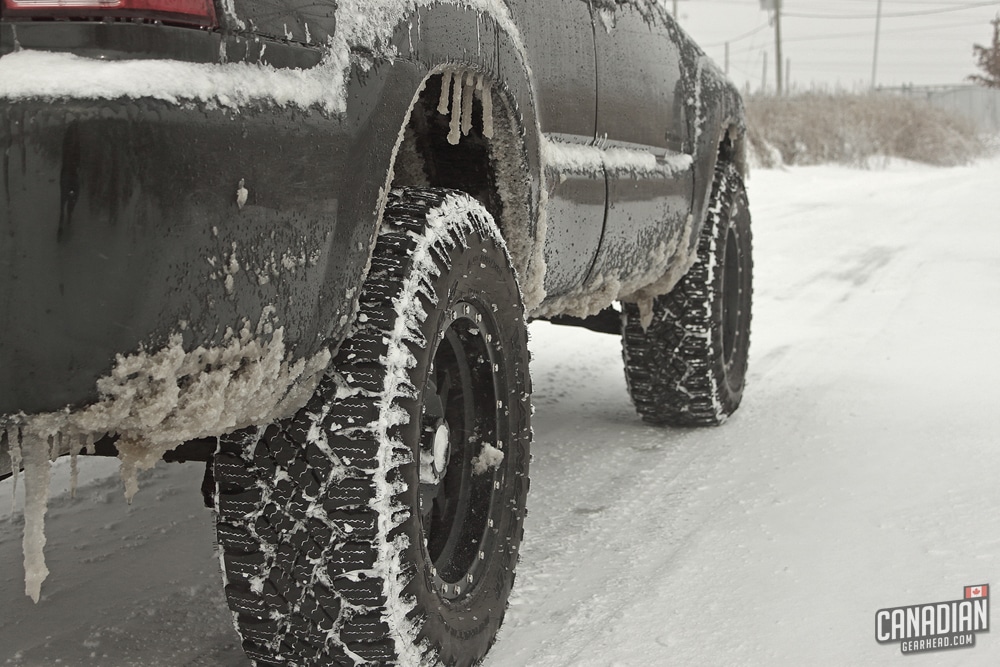
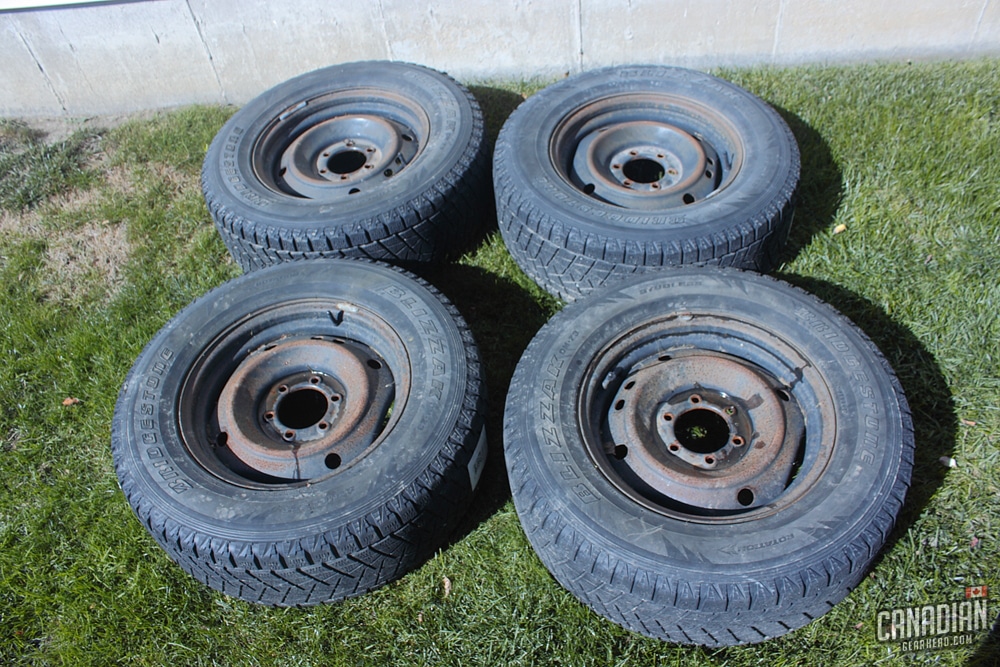
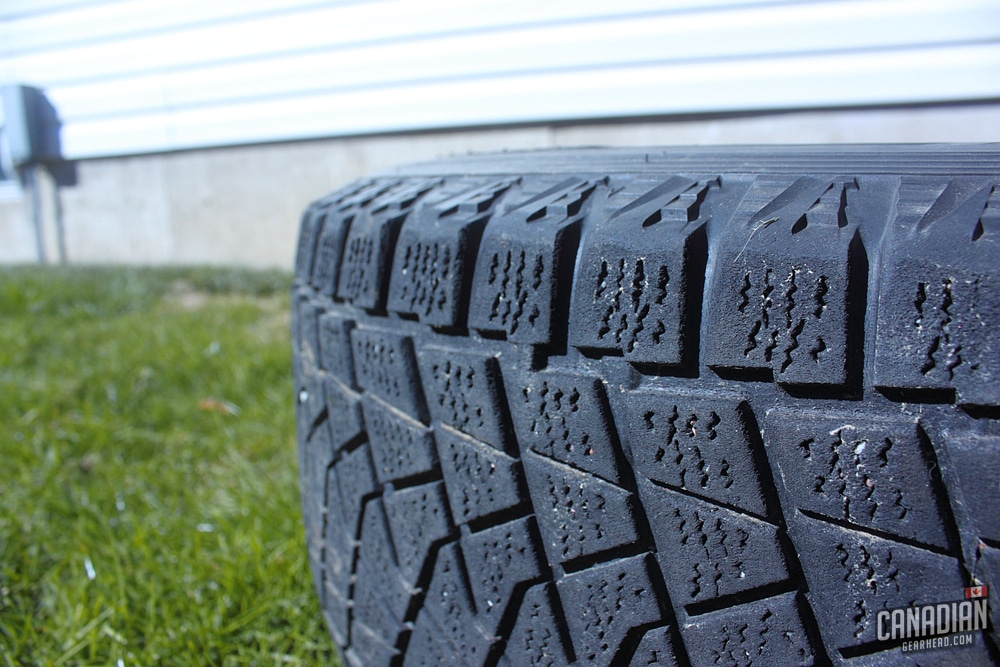
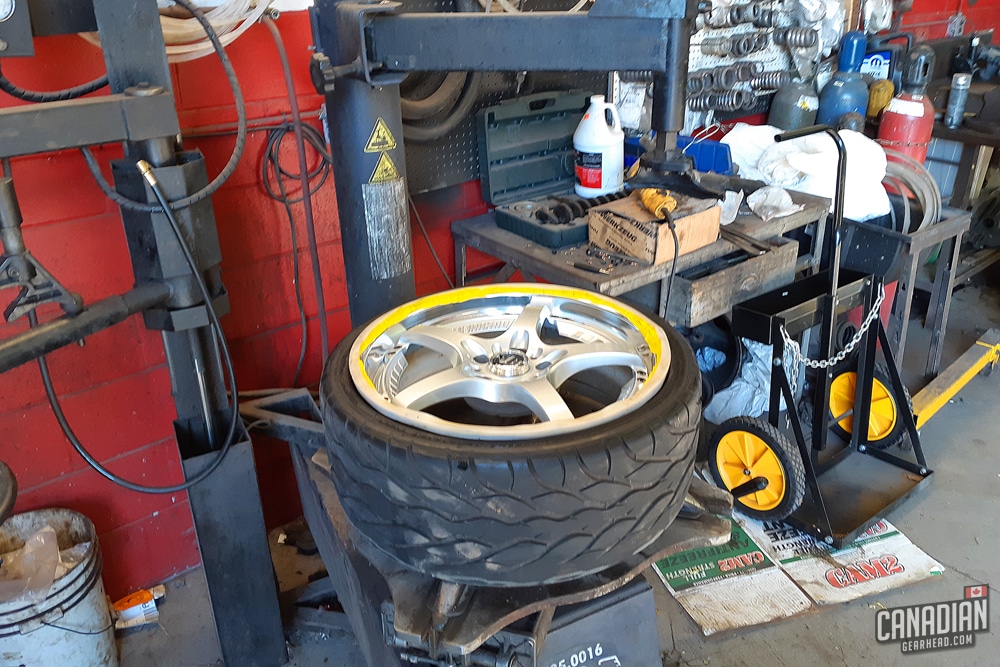

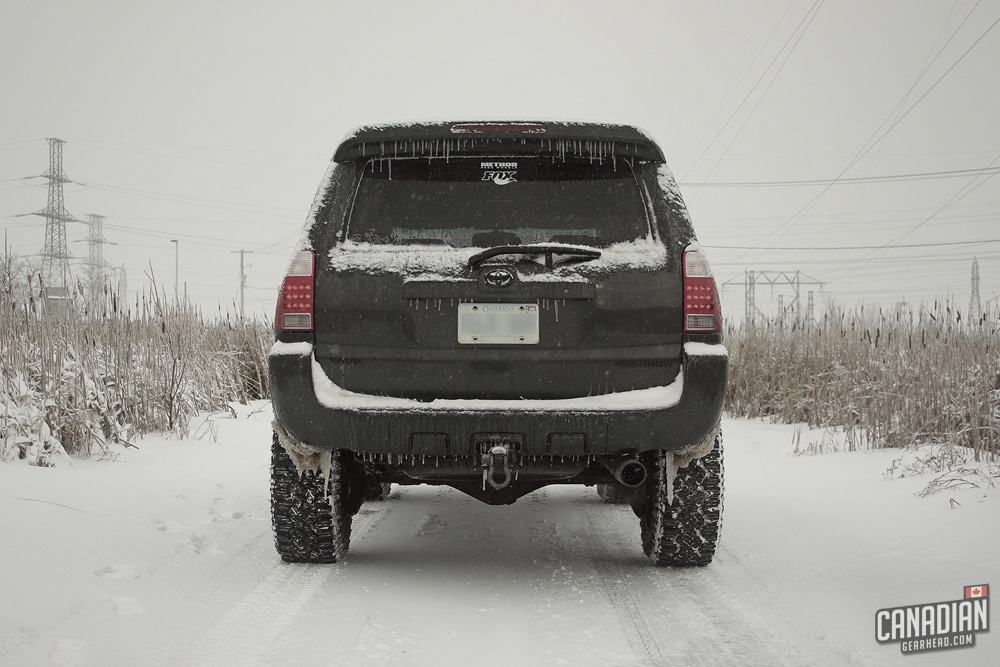
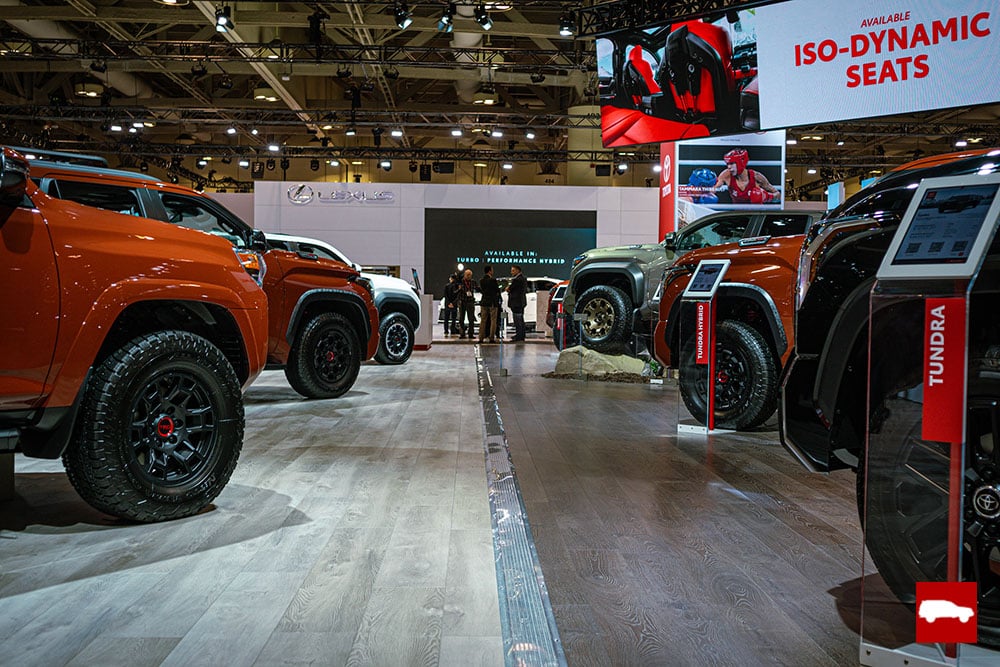
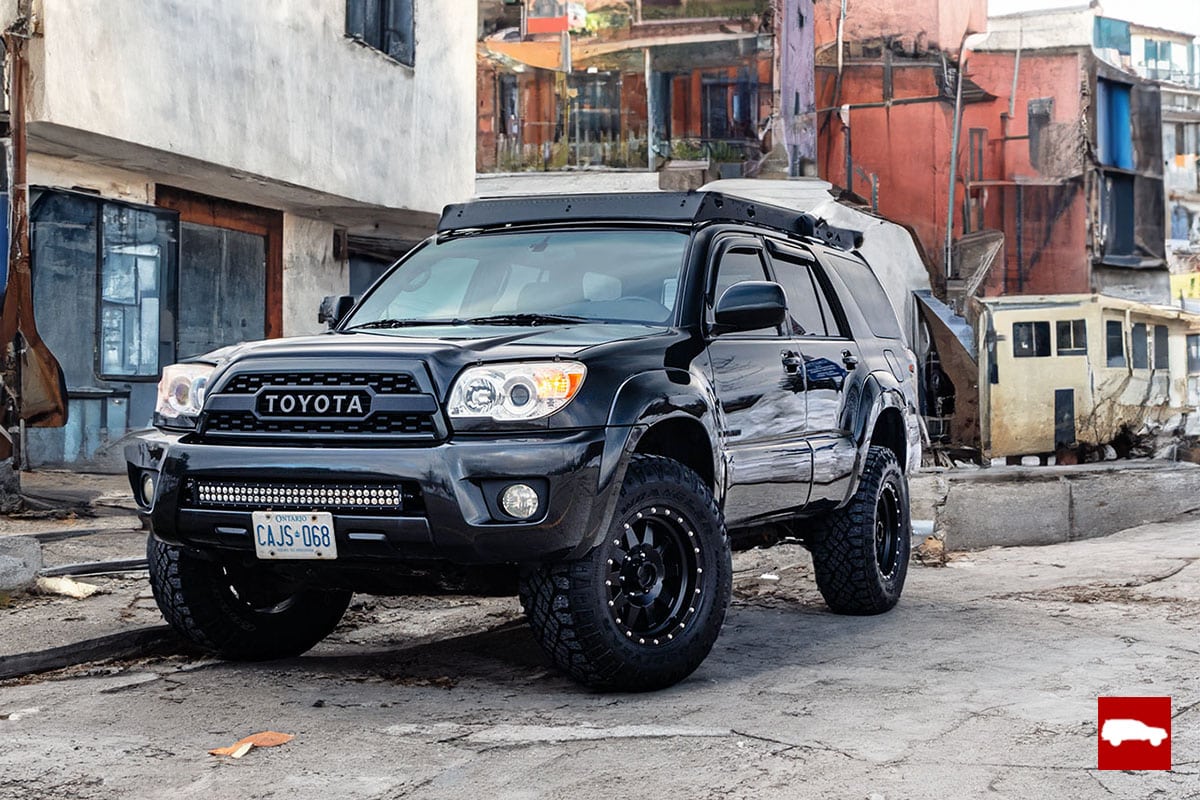
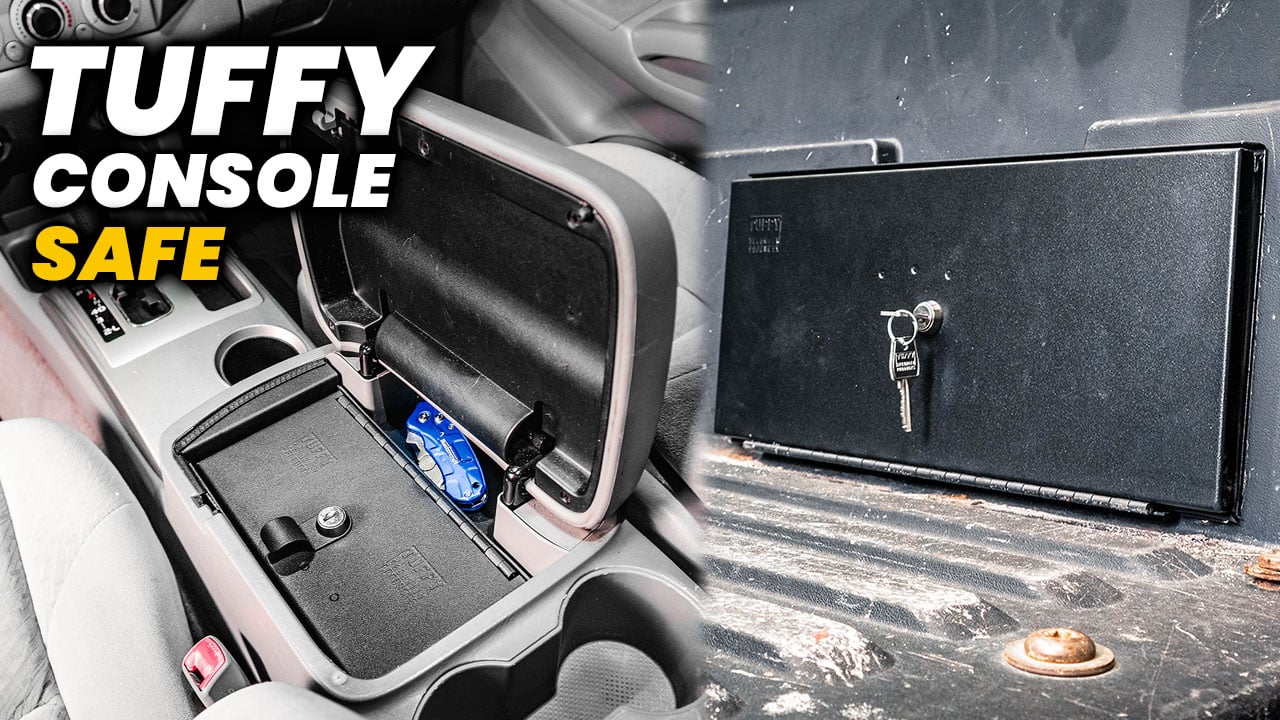
Leave a Reply